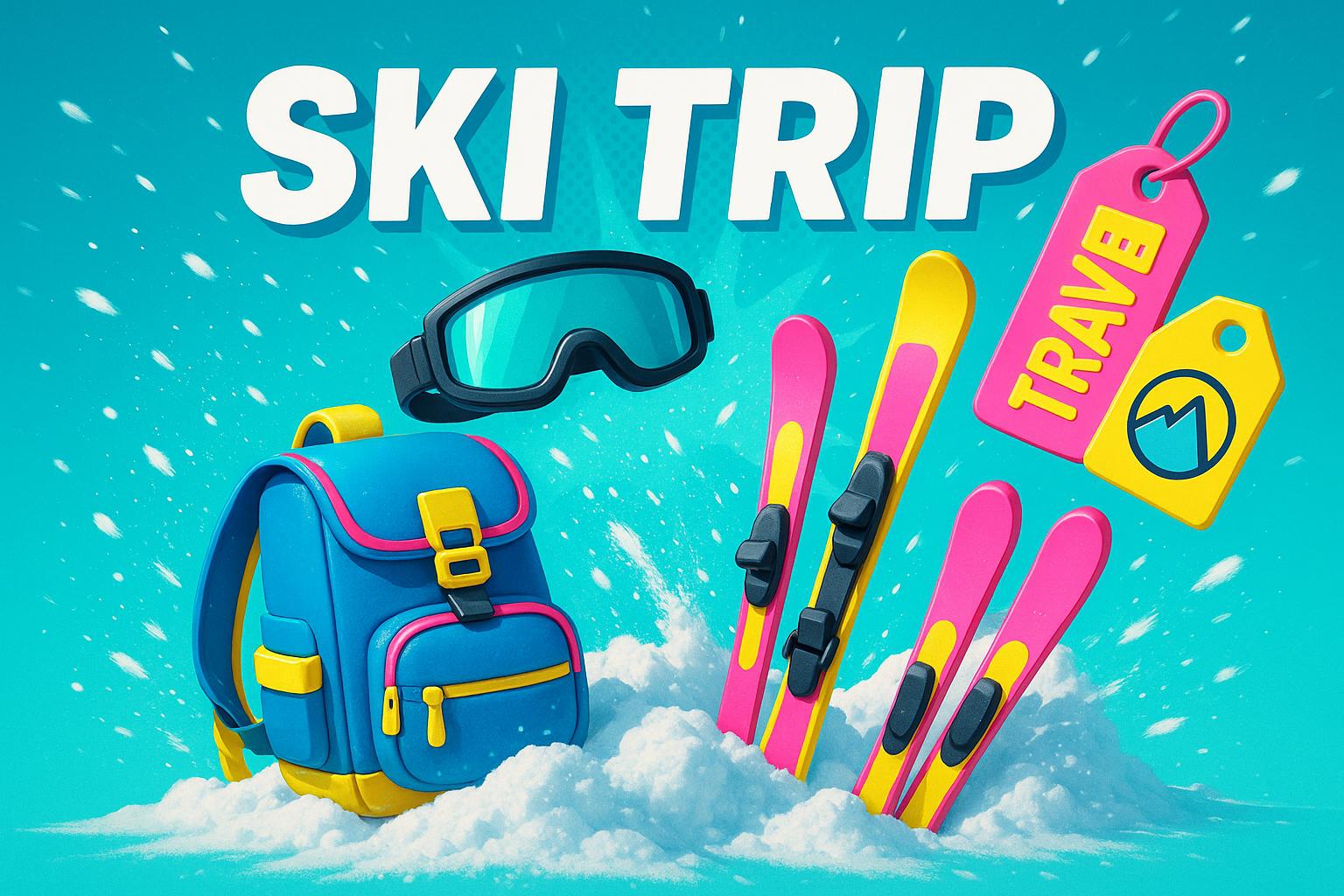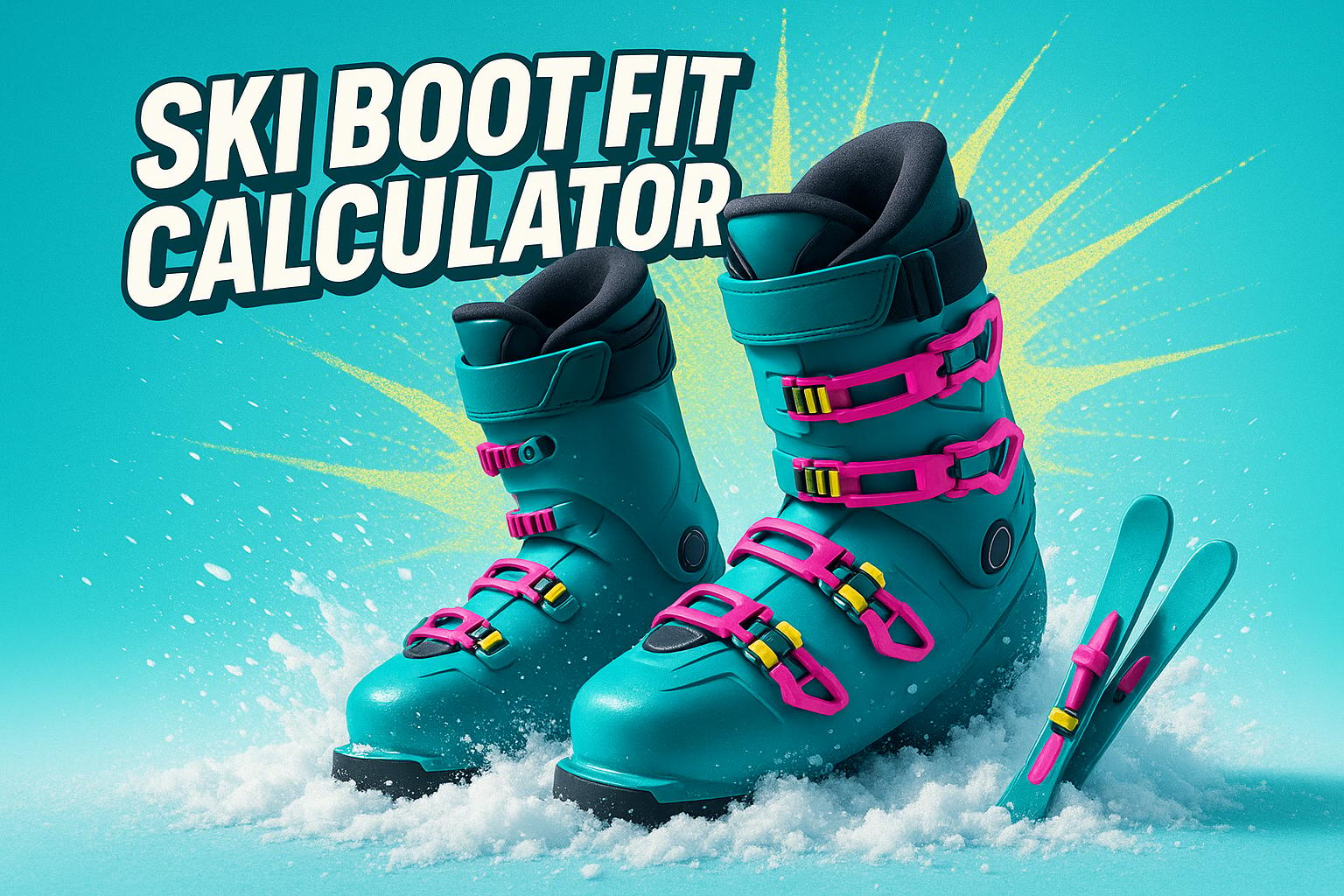
Unlock Your Ski Blog’s Potential with Smart Keywords If you’re running a travel or outdoor recreation site, you know the struggle of standing out in a crowded digital space. Targeting the right to...

Plan Smarter for Your Ski Trips with a Cost Comparison Tool When it comes to hitting the slopes, one of the biggest dilemmas for winter sports enthusiasts is whether to invest in personal equipmen...

Is It Better to Buy Skis That Are Too Short or Too Long?
If you’re wondering whether short or long skis are the better choice, here’s the bottom line: most skiers will find short skis easier to use, more fun, and way less of a hassle. While long skis c...

Are Used Skis a Good Option for Beginners or Kids? What to Watch Out For
Buying used skis for beginners or kids can save you money, but it’s not always the best option. While the lower price tag is tempting, used skis often come with hidden risks like damaged bindings,...

Discover Your Ideal Winter Sports Setup Winter is calling, and having the right equipment can make or break your time on the mountain. Whether you’re carving down groomed trails or hunting for unt...

What's the Best Age to Start a Child on Skis? (And What Kind of Skis?)
The best age to start your child on skis is between 3 and 5 years old. At this stage, kids typically have the balance, coordination, and curiosity to enjoy skiing. Short skis, like Snowfeet MINI K...

markdown: Finding the Right Ski Boots Made Easy Shopping for ski gear can be overwhelming, especially when it comes to getting the perfect fit for your boots. Ill-fitting ski boots can turn a thri...

How to Choose Skis for Kids: A Parent's Guide to Sizes and Types (2025)
Choosing the right skis for your kids doesn’t have to be overwhelming. In 2025, options like Snowfeet* are making skiing easier and more fun for young beginners. These shorter, lightweight skis wo...

What's the History of Short Skis and Snowblades? (Where Did They Come From?)
Short skis and snowblades are shaking up winter sports. They’re compact (15–47 inches), lightweight, and compatible with regular winter boots, making them easy to carry and fun for beginners and s...